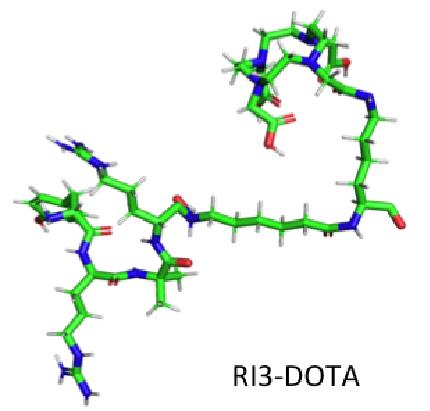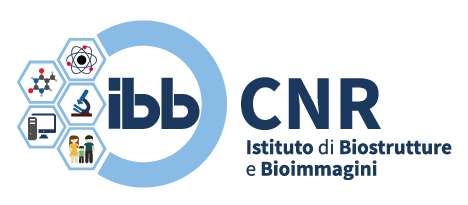Description
Molecular targets involved in the control of proliferation and metastatic spread of cancer cells are extensively studied for diagnostic and therapeutic purposes. In detail, we shed the light on FPR1 receptor which is highly expressed by human sarcoma and glioma cells and is correlated with poor prognosis. FPR1 recognizes many and diverse ligands including formylated peptides derived from bacterial protein degradation and mitochondrial proteins of eukaryotic cells, and non-formylated proteins/peptides and small compounds. These ligands elicit a variety of responses, including cell motility, proliferation and release of cytokines. In addition, the FPR1 binds to the Urokinase Receptor (uPAR) which in turn internalizes and triggers integrin activation promoting cell motility and angiogenesis.
Starting from the uPAR-derived linear pentapeptide Ser-Arg-Ser-Arg-Tyr (SRSRY) that binds to FPR1 increasing cell motility and angiogenesis, a set of retro-inverso linear peptides antagonists (EU Patent3442989, June 2020 and USA Patent 16/092,584, August 2020) that potently inhibit cell migration but not proliferation of tumor cells have been identified. The main goal of this project is to employ the selected lead compound, named RI-3, as a new pharmacophore model to develop radiolabeled and fluorinated compounds in order to provide a new class of agents that, beside exerting antimetastatic effects, may be used for monitoring FPR1-expressing tumors and its distribution and pharmacokinetics in animal models. The new radiolabeled compounds has the potential to become radio-theranostic agents for treatment of cancer and imaging guided surgery.

Objectives and expected results
Using RI-3 as a pharmacophore, IBB will design and prepare metal chelator-coupled derivatives including DOTA and using various PEG-based spacers, different amino acids and also tracers suitable for pre-clinical in vivo imaging studies. Peptides will be prepared by the solid-phase method based on the Fmoc strategy and purified homogenuosly by RP-HPLC system.
The purified products will be characterised analytically using high-resolution LC-MS systems including Orbitrap mass spectrometer. Products were characterised by UV, fluorescence and circular dichroism spectroscopy. The best performing peptide in terms of biological activity will be re-prepared with NIR fluorescent probes for in vivo testing.
Project proponents
- Istituto nazionale tumori IRCCS Fondazione Giovanni Pascale
Involved entities
- Istituto di Biostrutture e Bioimmagini-CNR
- IRCCS-Ospedale San Raffaele S.R.L

